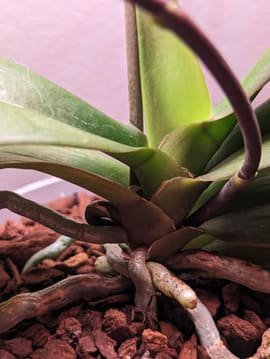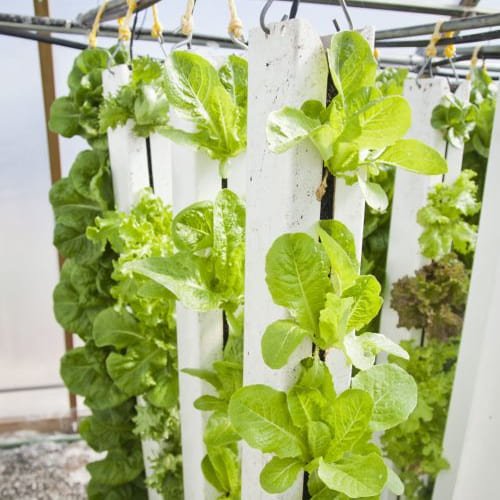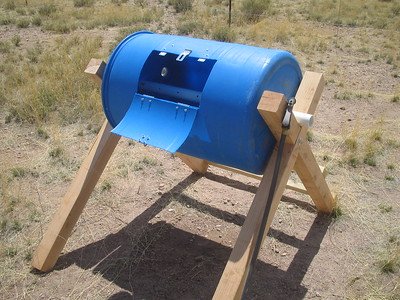Ah, orchids! The crown jewels of the plant world. There’s something magical about their delicate beauty, isn’t there? Their blooms can transform any space into a slice of paradise. But let’s be real here – owning an orchid isn’t all sunshine and rainbows. And one of the trickiest aspects? Those finicky spikes.
Orchid spikes are both fascinating and frustrating. They’re the lifeline of those breathtaking flowers, yet they seem to have a personality all their own – and not always a pleasant one. If you’ve ever found yourself staring at a spike, muttering, “What’s going on here?” this guide is for you. Trust me, by the end, you’ll have a new appreciation for these moody but marvelous parts of your orchid.
First Things First: What Are Orchid Spikes?

Orchid spikes are the flower stalks that emerge when your orchid is ready to bloom. They’re the heralds of beauty, the unsung heroes behind those captivating flowers. But unlike the leaves or roots, spikes are temperamental. They demand attention, and when something’s off, they’re quick to show it. Whether you’re a first-time orchid parent or a seasoned grower, understanding spikes is key to keeping your plant happy.
Let’s dive into the most common orchid spike issues and, more importantly, how to tackle them like a pro.
1. The “Is It a Root or a Spike?” Dilemma
Raise your hand if you’ve ever squinted at your orchid, wondering if that new growth is a root or a spike. Don’t worry; you’re not alone! This confusion is common, especially for beginners. Spikes typically have a pointed tip and often emerge from between the leaves, while roots are rounder and tend to have a silvery or greenish sheen. Knowing the difference helps you provide the right care. Spikes need gentle handling, while roots require more humidity and can withstand a bit more roughness.
And hey, don’t beat yourself up if you’ve mistaken a root for a spike before. It happens to the best of us. Over time, you’ll develop an eye for these details, and soon enough, you’ll be able to tell at a glance. See Root or Spike? How to Recognize Your Orchid’s New Growth
2. Spike Growth Stagnation
Your orchid spike starts growing, and then… nothing. It just stops. Talk about frustrating, right? The most common causes are inconsistent watering or humidity, insufficient light, or temperature fluctuations. To address this,
- Ensure your orchid gets bright, indirect light. If natural light is limited, consider a grow light.
- Keep the temperature stable, with a slight drop at night to encourage growth,
- And check your watering routine. Too much or too little can stress the plant.
Remember, patience is your best friend here. Sometimes, spikes pause their growth because the plant is focusing on strengthening its roots or leaves. Give it time, and avoid the temptation to fuss over it too much. Orchids have their own schedule, and trust me, it’s worth the wait. See Why Is My Orchid Spike Not Growing? Causes and Solutions
3. Spike Turning Yellow or Brown
When a spike starts to yellow or brown, it’s like a punch to the gut. It feels like your orchid is giving up on you. But hold on – there’s hope. This could be due to natural aging, as spikes don’t last forever and often wither after blooming. It could also result from overwatering, poor drainage, pests, or fungal infections.
Now,
- If the spike has finished blooming, trim it back to the base.
- Improve drainage and let the roots dry slightly between waterings.
- Inspect for pests like scale or mealybugs, and treat with neem oil or insecticidal soap if needed.
If the spike is still partially green, you might want to wait before cutting it off completely. Orchids have a way of surprising you. That seemingly lifeless spike could send out a side shoot or rebloom when you least expect it. See Are Yellowing and Browning Orchid Spikes Normal or a Sign of Trouble?
4. Broken Spikes: A Heartbreaker
We’ve all been there. A careless move, a curious pet, or a rogue breeze, and suddenly your spike snaps. It’s heartbreaking, but not necessarily the end of the world. Use a small splint (like a toothpick or skewer) and floral tape to stabilize the break. With some luck, the spike might heal and continue growing. Alternatively, trim it back to a node (a small bump on the spike) and wait. Sometimes, a secondary spike will emerge from the node.
And hey, if it doesn’t? Don’t sweat it. Orchids are resilient. Focus on giving the plant the care it needs to produce new spikes in the future. Think of it as a learning experience – and a reminder to be extra careful next time. See What to Do When Your Orchid Spike Breaks
5. Twisting or Curled Spikes
Ever notice your spike growing in a weird, twisted pattern? It’s like it’s trying to audition for a modern art exhibit. This is usually caused by uneven light exposure since spikes naturally grow toward the light source. To solve this, rotate your orchid every few days to ensure even light distribution. Use a stake to gently guide the spike into a straighter path. Be patient; it’s a slow process.
But let’s be honest – there’s something charming about a slightly quirky spike. Not every orchid needs to look like it belongs in a catalog. Sometimes, their imperfections make them even more special. See Why Are My Orchid Spikes Curling & How to Fix Them
6. Multiple Spikes: Blessing or Challenge?
When an orchid produces multiple spikes, it’s both exciting and overwhelming. More blooms mean more beauty, but it also means more care. Provide extra support with stakes and clips to prevent the spikes from drooping. Ensure your orchid gets sufficient nutrients; a balanced fertilizer during the growth phase can work wonders.
And don’t forget to celebrate this milestone! Multiple spikes are a sign that your orchid is thriving. Take a moment to admire your hard work paying off.
7. Dormant Spikes: Alive or Dead?
Sometimes a spike stops growing, and you’re left wondering if it’s hibernating or has passed on to the great garden in the sky. To check, look at the color. Green or slightly brown spikes might still be active, while completely brown and dry spikes are dead. Leave green spikes alone as they may rebloom or branch out later. Trim dead spikes to the base to redirect the plant’s energy to roots and leaves.
If you’re unsure, err on the side of caution. Orchids are full of surprises, and what looks like a lifeless spike today could turn into a cascade of blooms tomorrow.
Emotional Rollercoaster: The Human Side of Orchid Care
Caring for orchids, especially their spikes, is as much an emotional journey as it is a technical one. There will be moments of triumph when a stubborn spike finally blooms, and moments of despair when things go awry. But isn’t that part of the charm? Remember, orchids are resilient. They’ve been around for millions of years, adapting and thriving in some of the harshest conditions. If they can survive that, they can survive your occasional misstep.
So, when you feel like giving up, take a deep breath and remind yourself why you started this journey in the first place. Orchids have a way of teaching us patience, perseverance, and the beauty of small victories.
Well, orchid spikes may be challenging, but they’re also incredibly rewarding. With patience, observation, and a little TLC, you can navigate their quirks and enjoy those stunning blooms that make it all worthwhile. So, the next time you find yourself perplexed by a spike, take a deep breath and revisit this guide. Your orchid is just trying to tell you something. Listen, learn, and grow alongside it.



